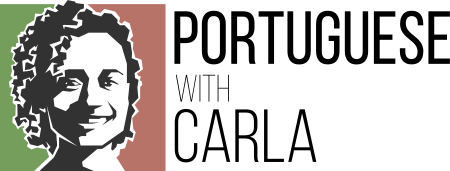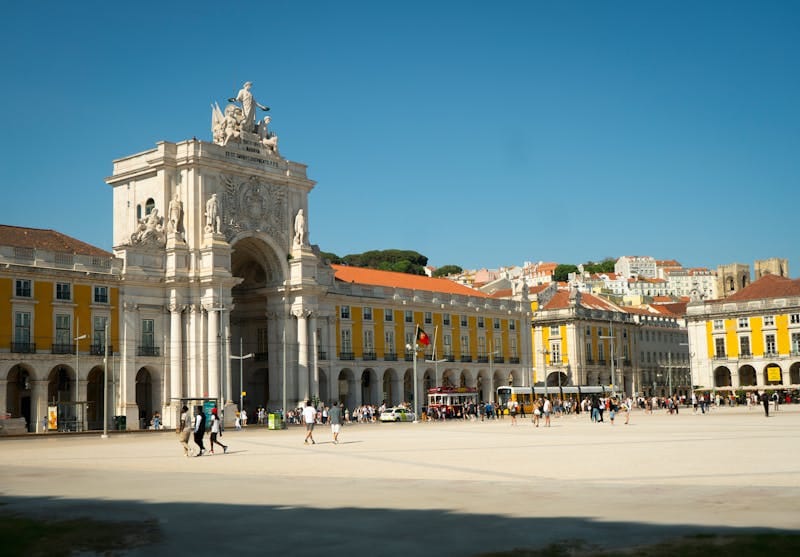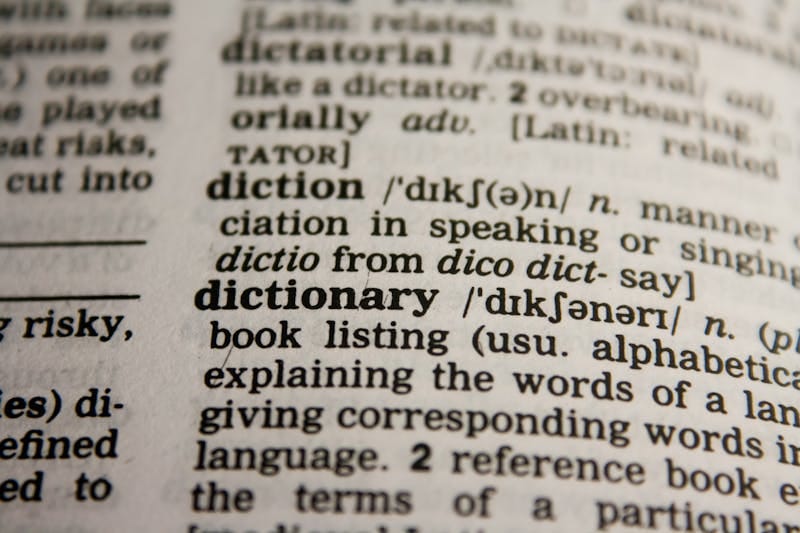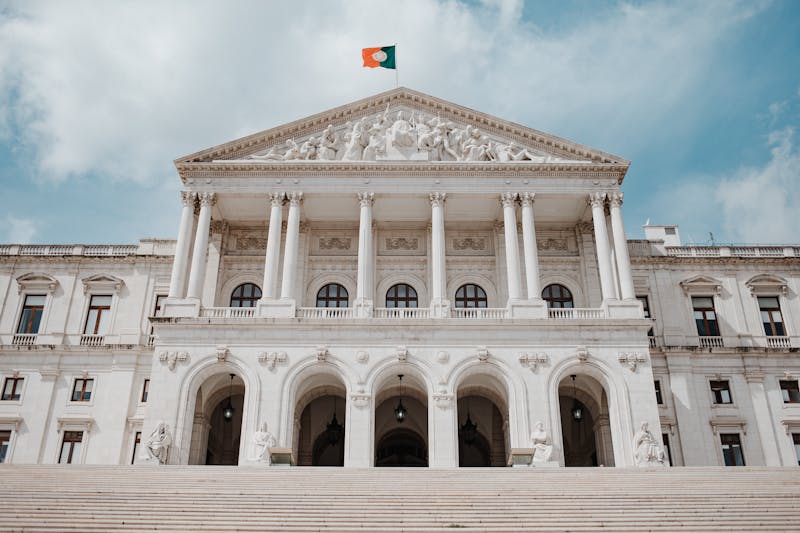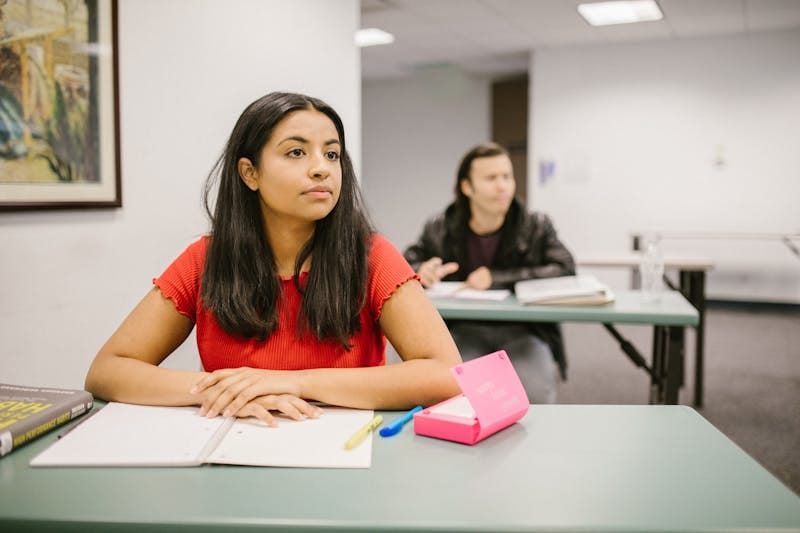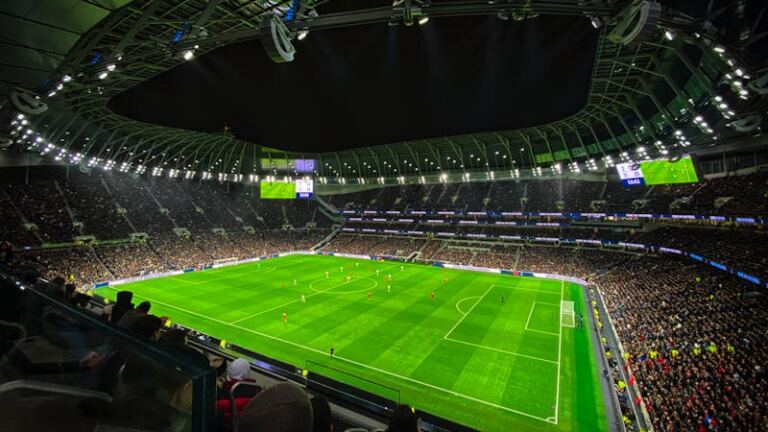Discover the Two Languages of Portugal
Most people know Portugal as a summer tourist destination – a place with beautiful beaches, good food, and incredible weather. Many have even had the opportunity to explore the local culture and history. Its blend of European and Mediterranean influences makes it unique among neighboring countries.
Portuguese is the main language spoken in the country, specifically its European Portuguese variant. Thus, most visitors learn at least one or two Portuguese words. You probably recognize expressions like Por favor
But did you know Portugal has two official languages? That is right!
Discover what this second language is and how it came to be. Understand its role in the current Portuguese political and economic landscape. Besides, learn a few words in this unique tongue and dig deeper into the Portuguese culture than ever before!
A Deeper Look Into Portuguese Culture and Language
At Portuguese With Carla, we have gathered the best of language teaching expertise to make learning Portuguese fun and instinctive. Our course is an exciting language journey that will guide you through the local traditions and landscapes. Through it, you will learn European Portuguese with support from our international community and using the latest science-proven methods. Click HERE to learn more!
Portugal has two official languages, but the second one did not originate from Portuguese. Instead, it developed alongside it. This language is called Mirandese or Mirandês. Keep reading to learn more about the two official languages of Portugal!
A Short History of Portugal and Its Main Language
Like most countries, Portugal has a long and complex history. It became a nation in the 12th century and is the oldest nation-state in Europe, with permanent borders since 1279. Naturally, the country’s history has shaped its language.
It suffered influences from other European nations, including the Romans and the Spanish. But it was also under Moorish rule. Thus, Portuguese acquired many words from other languages and developed its peculiar pronunciation.
The Tongue and Its Variants
Portuguese is one of the most spoken languages in the world. Originating from Portugal, it spread to the Americas, Africa, and Asia during the Discoveries Era. Over the centuries, many Portuguese-based dialects and variants emerged.
For example, Brazilian Portuguese, the variant developed in Brazil, is the most spoken one today. With millions of speakers worldwide, it earned online fame through social media presence. Today, it is the variant with the most students, and it continues growing every day.
Where Does Mirandese Fit?
Mirandese is similar to Portuguese in many aspects. It also evolved from vulgar Latin, and it grew first within the Iberian Peninsula. However, it is its own language. Its grammar and vocabulary are different from Portuguese grammar and vocabulary. Besides, instead of millions, it is only spoken by about 10.000 people in a very specific region. How so?
A Short History of Mirandese
As geographically linked countries, Portugal and Spain always shared a unique bond. Throughout their history, most of the events that impacted one country made themselves feel in the other. Language was no exception.
Even today, Spain is a linguistically diverse country. It has five official languages: Castilian (Spanish), Catalan, Galician, Basque (Euskera), and Aranese. In addition, natives in the Asturias region speak Asturian, a Western Iberian language that does not hold official status.
These languages evolved simultaneously and influenced Portuguese, especially Galician. In fact, Portuguese developed from Galician-Portuguese, a language that evolved in the Middle Ages and later gave rise to both tongues.
The peculiarity of Mirandese is that it actually evolved from Asturian, mentioned above, and Leonese. Today, all three languages are still alive, although they are endangered. Because of that, the Portuguese and Spanish governments are trying to preserve them.
Despite being an antique language, Mirandese was only recognized as an official language in 1999. It is spoken only in the Miranda do Douro region. Unfortunately, most Portuguese natives do not speak or understand it.
Learn Portuguese – Mirandese Differences
Here are 10 common Portuguese words and expressions in Mirandese, followed by their English translation.
- Olá– Oula (Hello)
- Bom dia– Buonos dies (Good morning)
- Boa tarde– Buonas tardes (Good afternoon)
- Boa noite– Buonas nuites (Good night)
- Como está?– Cumo stá? (How are you?)
- Por favor– Por fabor? (Please)
- Com licença– Cum licencia (Excuse me)
- Fala português? – Fala pertués? (Do you speak Portuguese?)
- Adeus– Adius (Goodbye)
- Até logo– Anté luogo (See you later)
Portuguese and Mirandese Today
Portuguese is a Romance language. Thus, it is closely related to Spanish, French, and Italian. In spite of being less spoken by the general population, so is Mirandese. Both languages have complex grammar systems, with many irregularities and exceptions. They are also known for their melodic sound and expressive nature.
To move around the country and communicate with the locals, European Portuguese is the language to learn. But if you want to deepen your knowledge of Northern Portuguese culture, exploring Mirandese might be a fun option.
Today, Portuguese and Mirandese share the same status as official languages of Portugal. Discover how these languages cross paths in different areas of everyday Portuguese living.
Politics and Government
Portugal is a democratic republic and a member of the European Union. In most municipalities and for national political and governmental purposes, Portuguese is the most used language.
Still, the country has implemented various initiatives to promote its languages and culture, both domestically and internationally. Thus, in the Miranda region, Mirandese is sometimes used for official purposes. It is a way to keep the language alive and highlight its value for the local community.
Economy and Tourism
As you probably know, tourism is a significant contributor to the Portuguese economy. Every year, millions of tourists from all over Europe, America, and Asia land at national airports. Thus, not only is tourism a sector in and of itself, but it also drives increased activity in other areas like services and industry.
Portugal has made it a regular practice to promote its culture among foreigners and nationals. By doing so, it has helped promote and attract attention to its rich history, literature, and traditions. Some regions became iconic for music and art, and others for their natural landscapes.
In all of these activities, European Portuguese is the main language. However, local dialects and accents are part of the tourist experience. In the Northern regions, Mirandese makes itself known. Although spoken by a small group of communities totaling about 10.000 people, it is available even to visitors.
Cultural Significance of Each Language
As with any country and culture, language is at the core of culture. Most traditional practices and customs are centered around communication and social interaction. Besides, language is a key part of national identity and is closely tied to history, development, and traditions.
When you speak Portuguese, whether in big cities like Lisbon or anywhere else, the natives will appreciate it. They will see you as more than another tourist. The same will happen if you do the Miranda region and speak Mirandese. When you master even a single word or phrase in the local language, you achieve a deeper level of connection.
Additionally, research shows that thoughts are shaped by the language you speak. Portugal and the Portuguese are no exception. Thus, you can say that learning the local language will help you understand the people better. It goes beyond mere communication, reaching actual thought processes and increasing your creative skills.
Communication
As with any South European Country, communication and human connection are essential for the Portuguese. The natives made social gatherings not only a common part but a vital aspect of local culture. Thus, conversation, dialogue, and overall interactions with strangers, friends, and family are part of everyday life.
The Portuguese language is a very expressive one, regardless of its variant. Verbal communication is rich with many idioms and curious terms. Non-verbal communication is crucial, with meaningful gestures and characteristic facial expressions. Whether through words, faces, or gestures, it easily shows the emotions of the speaker and their audience.
Mirandese is much the same. Although it is a different language, it conveys the same depth of feelings. This short video by a national Portuguese TV channel explains more about its history and the differences between these two languages.
Most Portuguese natives do not speak Mirandese. Conversely, in Terra de Miranda, there is a unique blend of these two languages. The locals use Mirandese at home and in their villages. Outside, in the cities, they mainly speak Portuguese.
Education
Education is highly valued in Portuguese culture. You will notice a strong emphasis on language learning and literacy. The country has a well-established education system, with many universities and language schools that have earned international recognition.
Natives learn Portuguese at home and at school. Foreigners can choose their preferred learning approach. Many language teachers in Portugal help their students understand the local language. Online teaching and learning platforms have become increasingly popular. They provide learners with flexible and accessible ways to learn Portuguese.
For example, The Journey is an online course designed to help you prioritise meaningful connections with natives. You will learn how to speak Portuguese naturally and confidently. You will also grow other language skills, such as comprehension, reading, and writing.
Although it is the second official Portuguese language, Mirandês is not widely spoken in the country. Natives do not speak it, unless they were raised, often visited, or have family from Miranda do Douro. The language is also not part of national school programs.
In the Miranda do Douro region, official teaching programs include it from the first to the twelfth grade. There is also an organization called Associaçon de la Lhéngua i Cultura Mirandesa that promotes awareness of the tongue. It organizes courses and events focused on the Terra de Miranda, the only traditionally multilingual region recognized by the state.
How to Learn More About Mirandês – Can You Speak Portugal’s Second Official Language?
So how can you learn more about Mirandês? Ideally, you would find a dedicated professional committed to the language and to helping you use it. You would not want someone chasing online fame. Instead, you would find someone with a deep love for the language, pedagogical competence, and preferably, some teaching experience.
Unfortunately, there are very few people teaching Mirandese, and even fewer matching this description. Thus, you will likely have to dig in alone to explore the language. To start, visit the Associaçon’s site and explore their linguistic resources. Besides, you can find some information in online conversation guides. There are many YouTube videos about the language. Occasionally, local schools and universities launch educational programs about Mirandese for the general public.
All About The Two Main Languages of Portugal
Portugal is a country with a rich cultural heritage. But few people know it has two official national languages – Portuguese and Mirandese. Learning about these languages is essential if you want to create real connections with the locals.
As you have seen, learning Mirandese is a real challenge. Fortunately, the same is not true of Portuguese. Regardless of where you are based, you can easily learn European Portuguese from the comfort of your home. Doing so will ensure you have the most rewarding experience when you visit Portugal.
Learn European Portuguese!
Yes, you can start learning European Portuguese today! Take advantage of technology to embark on an adventure that will take you to Portugal. The Journey is the interactive program that uses immersion to help you turn Portuguese into your next foreign language.
All you need is a device that connects to Wifi, like a smartphone or computer. Click the button below to discover all about it and sign up!
Learn European Portuguese the Instinctive Way!
For the last decade, we’ve been working on putting together the best possible European Portuguese course. After much research, feedback from our students, and several iterations, we think we’ve got it! 😉
At the base of it all is a sound conviction that languages are better learned instinctively, so the process needs to be engaging, varied, and enjoyable. Throughout, we used scientifically proven techniques to help you master pronunciation, phrase construction, oral understanding, grammar, and all the necessary bits to get you to fluency. And still, the whole thing is presented as an adventure. It’s a course like no other. Click the button below to see for yourself!
